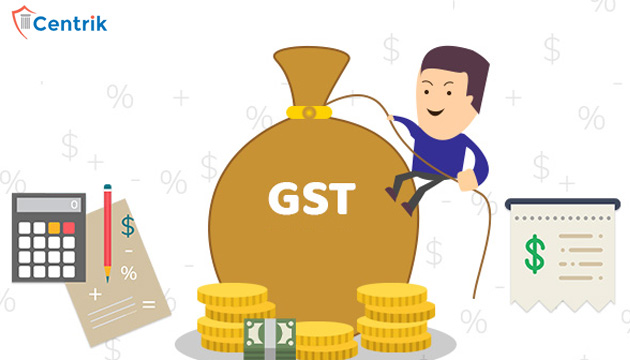
Fundamental Issues In GST
Dual nature of GST
GST is destination tax has two components one is Central Tax and other is State Tax. In the course of Intra-State Supply (Intra-UT Supply), CGST and SGST shall be payable, these two components shall be collected and segregate by taxpayers, collect GST on the other hand in the course of Interstate transactions IGST (Integrated Goods and Services Tax) shall be payable, in this case, the tax shall be collected by the Taxpayer and shall be segregated at the end of regulator, who shall transfer the State’s share to the State where the goods/services shall be consumed.
Significance Of Place Of Supply
The dual GST framework is structured on the destination principle, hence the tax base shifts from production to consumption. Under this system, if goods/service provided from one state to another, the recipient of goods or services will be liable to state tax (GST) to the State where the goods received/consumed, though supplier will remain liable to collect a tax.
Place of supply rules in GST are important to determine the jurisdiction where a supply of goods and/or services is to be taxed. The determination of place of supply is very important to eliminate potential disputes regarding double taxation and double non-taxation of a supply.
Statutory Provisions
- Section 2(86) of CGST Act, 2017 and SGST Acts defined the term place of supply as under:
“Place of Supply”: Section 2(86): means the place of supply as referred to in Chapter V of the Integrated Goods and Services Tax Act. Thus what shall be the place of supply shall be determined under Chapter V of IGST Act, 2017.
- Chapter V of IGST Act, 2017 contains the following sections:
Section 10: Place of supply of goods other than supply of goods imported into, or exported from India
- Section 11: Place of supply of goods imported into, or exported from India
- Section 12: Place of supply of services where location of supplier and recipient is in India
- Section 13: Place of supply of services where location of supplier or location of recipient is outside India.
- Section 10: Place of supply of goods (other than supply of goods imported into, or exported from India). Section 10 provides principle to determine the place of supply of goods. Section 10(1) (a) to (d) deals with the determination of the place of supply under different circumstances and Section 10(2) deals with the situation in relation to residual matters.
Section 10(1): The place of supply of goods, other than supply of goods imported into, or exported from India, shall be as under:–
- Supply involves a movement of goods: Section 10(1) (a) Place of Supply: Location of the goods at the time at which the movement of goods terminates for delivery to the recipient.
- Goods delivered on the Direction of a third person: Section 10(1) (b) Place of Supply: The principal place of business of the Third person.
- This would also covers sale in transit by transfer of documents of title.
- This clause would also covers when goods are sent to job worker on the instructions of ‘principal’: where input sent to Job-worker by supplier of principal, the place of supply shall be the principal place of business of the principal.
- Supply does not involve movement of goods: Section 10(1) (c) Place of Supply: Location of such goods at the time of the delivery to the recipient.
- Goods are assembled or installed at site: Section 10(1)(d) Place of Supply: Place of such installation or assembly.
- Goods are supplied on board a conveyance, including a vessel, an aircraft, a train or a motor vehicle: Section 10(1)(e) Place of Supply: Location at which such goods are taken on board.




 join For Updates
join For Updates